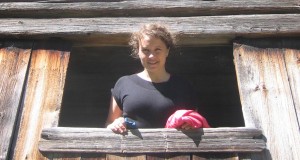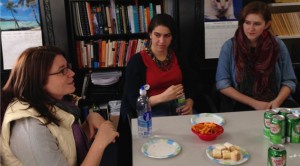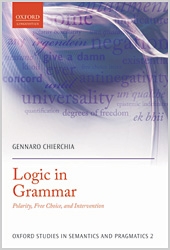From Science : Yosef Grodzinsky and Israel Nelken comment on Nima Mesgarani’s et al. recent finding about phonetic feature encoding in the human superior temporal gyrus.
Access from Hebrew University Website.
“Speech representation in the auditory cortex … is governed by acoustic features, but not by just any acoustic features—the features that dominate speech representation are precisely those that are associated with abstract, linguistically defined distinctive features. Mesgarani et al., who base their investigation on linguistic distinctions, further demonstrate that features are distinguishable by the degree of the neural invariance they evoke, forming an order that is remarkably in keeping with old linguistic observations: Manner of articulation (manifesting early in developing children) produces a neural invariance that is more prominent than that related to place of articulation (manifesting late in children). A hierarchy noted in 1941 for language acquisition is now resurfacing as part of the neural sensitivity to speech sounds.”
What is so interesting about Mesgarani’s et al. finding is that they identified neural correlates of the very same phonetic features that had been posited by linguists who were stating generalizations about the sound patterns of natural languages. The pioneers in this field were Roman Jakobson and Nikolai Trubetzkoi. Jakobson and Trubetzkoi worked from their armchairs. But, with their razor-sharp analytic minds, they saw abstract patterns in natural languages. Since the patterns were so abstract, it is unlikely that they would have been discovered by neuroscientists alone. Experts on languages needed to see the patterns and develop theories of how they could be generated by a combinatorial mechanism of features. At that point, the question of neural correlates for the representation of speech sounds could be asked in a meaningful way. To be sure, Mesgarani et al. did NOT find the neural code that makes us human. That’s exaggerated. But their work is a model of how insights from linguistics might be ‘transferred’ to cognitive neuroscience.
Phonology and the brain: it’s all in the features. By Itziar Laka.







